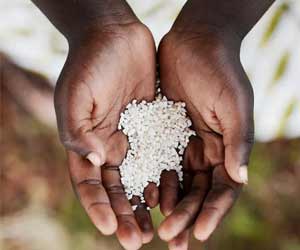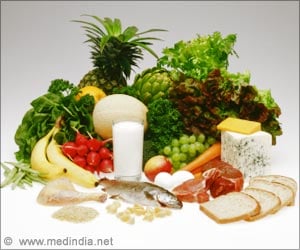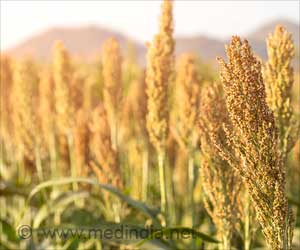Monsoon rainfall variability may affect the food grain production, thereby leading to food insecurity in India.

Impact of Monsoon Rainfall Variability on Crop Production
Rainfall due to southwest monsoon — termed as the real Finance Minister of the country — decides the fate of crop production along with other weather variables.Factors that impact food production also include unprecedented heat waves such as the one experienced by northwest India earlier in March.
Even when the SW monsoon arrived three days early over Kerala, the progress had been delayed over central India and parts of south peninsular India.
In view of the increasingly erratic nature of the monsoon, farmers have already altered their sowing windows or changed crops, replacing traditional yields with cash crops, or vegetables with shorter crop life, or horticulture with variable gestation period. During a webinar, multi-sectoral experts pointed out the lacunae and suggested some measures.
Abinash Mohanty, programme lead, Risks and Adaptation, Council for Energy Environment and Water said: "A 1 percent change in monsoon rainfall will result in 0.34 percent change in India’s agriculture-driven GDP that year. A normal monsoon can increase GDP from the transport, storage, trade and communication sector by 1 percent and 3 percent in the agri-dominated states. Our electricity generation can decrease by 13 percent in case of weakened monsoon. Hydroelectric power constitutes 40 percent of the power sources that can also be impacted."
Asserting that India needs to build resilience through systems, technology and financial innovations, Mohanty said: "The approach needs to be changed from relief centric to response centric and that can happen only when farmers are provided granular climate information that can inform about the impact it will have on crops and the steps that need to be taken in the short, medium and long term."
Advertisement
Stating that Russia–Ukraine war has given a clear message to each and every country to prioritize food sufficiency, Devinder Sharma, an agriculture expert speaking during a webinar said that monsoon deficiency is further going to increase pressure on food prices, which are already high. "We need to build capacity to produce rather than worrying about the food security chains."
Advertisement
Anjal Prakash, research director, Bharti Institute of Public Policy, Indian School of Business and one of the lead authors for the IPCC working group report II, echoed the sentiment.
"New age skills and new age requirements to combat climate change are just not there (in India)," he said and added, "People, especially in the Himalayan region, are adapting (to climate change) on their own. There is no support whatsoever from the agricultural extension centres regarding climate change. The way in which this Ministry is organized is that they have no lateral entry to even understand the climate change impact on agriculture."
Earlier, R.K. Jenamani, a senior scientist with the India Meteorological Department (IMD) had detailed the variations in monsoon precipitation, especially this year. "Easterly winds, which are responsible for bridging monsoon rains, have been completely absent so far in June. We are witnessing southwesterly winds, which have taken rains from Odisha, West Bengal and Jharkhand to northeast India. We are not expecting easterly winds for the next 4-5 days as well, which is a cause of worry for the northern region. Monsoon rainfall variability is very high as seen in the northwestern plains, along with central and southern states are deficit by large margins, while northeastern regions are in large surplus."
Jenamani said that IMD makes constant endeavor to provide information in a more and more de-centralized manner to the smallest units in the field for agricultural inputs.
Source-IANS















